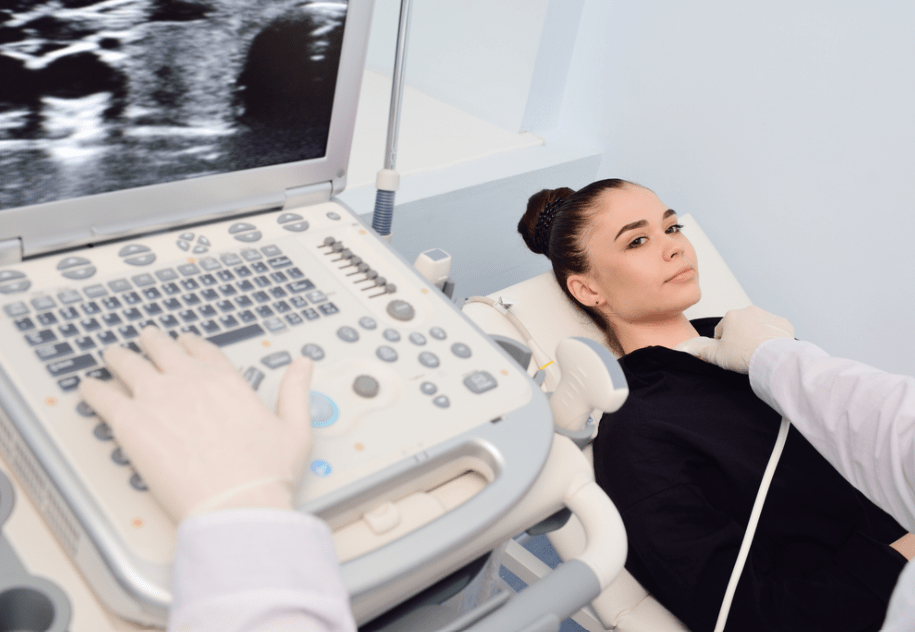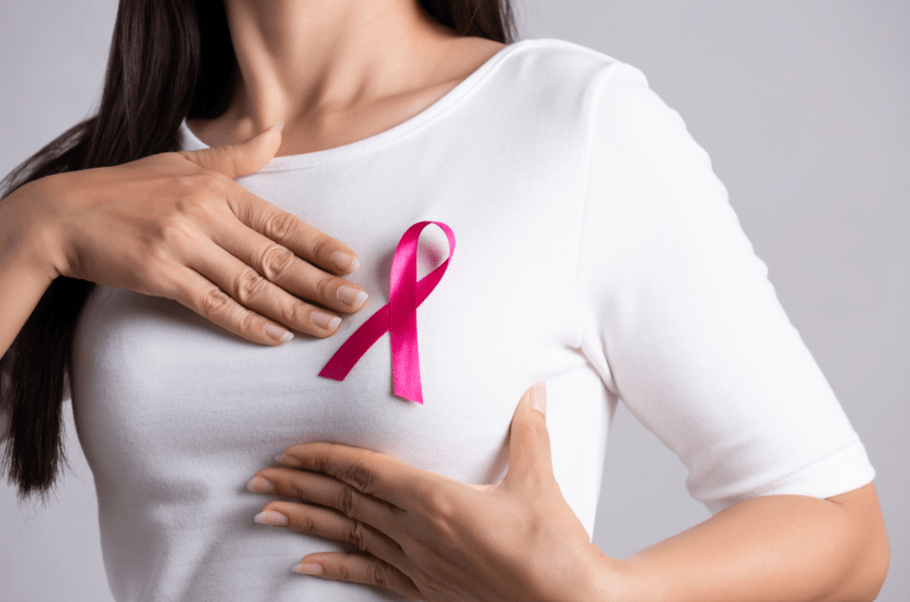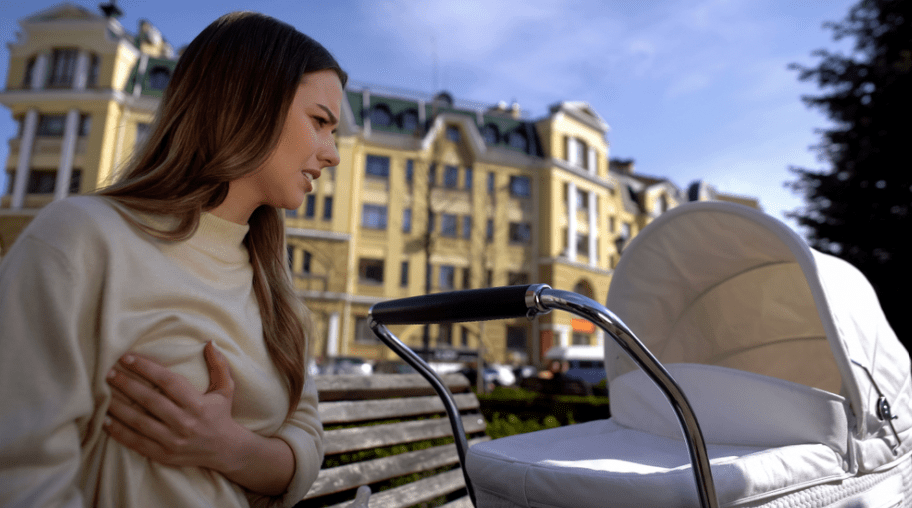| Surgery Types | – Lumpectomy: The surgical removal of a fibroadenoma. – Vacuum-Assisted Excision: The fibroadenoma is removed with the help of a vacuum through a small incision; it is minimally invasive and leaves a smaller scar. |
| Purpose | To prevent the fibroadenoma from growing or putting pressure on the breast tissue, and to perform a pathological examination in suspicious cases. |
| Application Process | The fibroadenoma is removed under local or general anesthesia. The excised tissue is examined in the laboratory for biopsy. After the procedure, the incision is closed with a small suture. |
| Duration of Surgery | Usually 30-60 minutes. It may be shorter for smaller fibroadenomas. |
| Recovery Period | Patients can usually return to normal activities within 1-2 weeks. Mild pain, swelling, and bruising may occur in the surgical area after the operation; these symptoms are generally temporary. |
| Complications | Risk of infection, bleeding, scarring, and sometimes recurrence of the fibroadenoma or formation of other fibroadenomas in the same area. |
| Post-Surgery Care | Keep the surgical area clean and avoid heavy activities. Pain relievers and, if necessary, antibiotics against the risk of infection may be used. |
| Follow-up | Regular ultrasound and mammography check-ups are recommended for the possibility of fibroadenoma recurrence. |
What Are the Symptoms of Fibroadenoma?
Fibroadenomas are solid breast tumors and have specific symptoms. These tumors:
- Are round masses with well-defined margins.
- Appear as lumps that can be easily moved.
- Are painless and do not cause discomfort.
- Are hard or rubbery in consistency.
- May occur in one breast or both.
Sometimes, healthy women may feel lump-like, nodular structures in their breast tissue. However, if a new mass is felt and there are other changes in the breast, a specialist should be consulted.
If there is growth in a previously examined breast tumor and the tumor appears to be separating from the surrounding breast tissue, a specialist must definitely be consulted.
How Is Fibroadenoma Diagnosed?
On mammography and ultrasound, they typically appear as well-defined, round-elliptical masses. Even though mammography and ultrasound findings can be quite apparent, a definitive diagnosis can only be made with a core needle biopsy performed under ultrasound guidance.
In younger patients (under 25) with a low risk of breast cancer, core needle biopsy may not be performed, and follow-up alone may suffice.
How Is Fibroadenoma Surgery Performed?
Various methods can be used in treating fibroadenoma tumors. Vacuum-assisted excisional biopsy is a treatment method used for fibroadenomas of smaller size within the breast.
Using vacuum pressure, sufficient pieces of tissue are drawn into the needle and removed. Lumpectomy or excisional biopsy, on the other hand, is performed under general anesthesia; the general surgeon removes both the tumor and the surrounding breast tissue, clearing the area of its presence.
The safest method is to remove fibroadenomas surgically, meaning through an operation, because in this method, the fibroadenoma is removed whole without fragmentation. A full pathological examination can be conducted, and recurrence, i.e., relapse of the fibroadenoma, is almost never seen in surgical methods because the fibroadenoma is removed in one piece without breaking it up.
We remove fibroadenomas from the border between the brown and white skin of the breast (the periareolar incision), leaving no visible scar on the breast. The best aesthetic result is achieved using our periareolar incision technique.
What Are the Risks of Fibroadenoma Surgery?
Even though the fibroadenoma tumors removed by surgical or other methods are benign, there remains a risk of recurrence in the body. If a new tumor appears, a thorough examination, radiological imaging, and biopsy are necessary to determine whether the tumor is a fibroadenoma. After surgery, complications such as pain, bleeding, swelling, and infection symptoms like discharge may also appear.
Depending on the size of the fibroadenoma removed, there may be some deformity due to the mass that was removed from the body, but thanks to developing technology, such occurrences are very rare.
How Long Does Fibroadenoma Surgery Take?
While the procedure for a single fibroadenoma lasts between 15-30 minutes, factors such as the number of tumors a patient has and the patient’s health condition can cause variations in the duration of the surgery. In general, a lengthy procedure is not required, but depending on the method used, other interventions may be done in sessions or intervals. This may vary depending on the condition of the tumor and the patient.
Even though the tumors known as fibroadenomas are benign, they recur frequently, and thus it is a process that must be carried out carefully.
Recovery Time After Fibroadenoma Surgery
The speed of recovery after surgery may vary depending on the patient’s age, overall health, and the type of procedure performed. Recovery after this surgery depends on how large the fibroadenoma is and which excision method is used.
It is quite important for the patient to properly care for the surgical wound and pay attention to it after surgery. To prevent infection from entering the body, patients are typically only allowed to shower after a certain period following the surgery. In these showers, lukewarm water is preferred over hot water. Generally, the patient begins to slowly resume normal daily activities within a week.
How Should Nutrition Be After Fibroadenoma Surgery?
Nutrition is extremely important for helping the body recover and heal more quickly after surgery. Due to a patient’s physical and mental state after any surgery, it is possible that their appetite may be less than normal, and they may experience a loss of taste for certain foods.
It is necessary to strive to obtain the vitamins, proteins, and minerals your body needs. A person should adjust their eating and drinking habits according to the area of the surgery. Regardless of the type of surgery, one should avoid harmful habits like smoking and alcohol and take good care of themselves.
Post-operative Considerations for Fibroadenoma Surgery Patients
After treatment for fibroadenomas, there are points that require the patient’s attention and care. Paying attention to cleanliness and care, taking care of the treated area, avoiding actions such as impacts or bruising, taking medications regularly, following doctor’s check-ups, avoiding contact with water that is too hot or too cold immediately after treatment, and getting plenty of rest are among the important points to consider. If necessary, a rehabilitation process may also be implemented for the patient. The more cautious the patient is during this period, the easier the healing process will be.
Which Department and Doctor Should I Visit for Fibroadenoma Surgery?
The Fibroadenoma Surgery process is quite important for many people, and it is crucial to act very carefully regarding this matter. For this reason, many people naturally seek an answer to the question, “Which department and doctor should I visit for Fibroadenoma Surgery?” In this regard, it is certainly correct to say that many people consult radiology doctors. Expert Radiology Doctors can provide you with the necessary information about Fibroadenoma Surgery and give you a clear idea of the process. Thus, you can recover your health in the shortest possible time and overcome your problems. We wish you a speedy recovery in advance.
How Much Does Fibroadenoma Surgery Cost?
The cost of fibroadenoma surgery varies depending on the condition of the disease and where the surgery is performed. The disease may not progress in the same manner for everyone. Therefore, the most accurate information on this issue is always provided by your doctor. If you want more precise information about the process, you can consult your doctor.
Frequently Asked Questions About Fibroadenoma
Do fibroadenomas turn malignant?
Fibroadenomas, which are among the most commonly seen benign breast tumors, are found in about 10% of the population. They are usually seen in women between the ages of 20 and 40, and the likelihood of them turning into cancer is almost negligible. In fact, there is no harm in leaving fibroadenomas in the breast.
What causes fibroadenomas?
The exact reason fibroadenomas develop is unknown, but they generally appear during adolescence or pregnancy. Because they often disappear on their own during menopause, it is thought that they are directly related to an increase in estrogen levels.
What are the symptoms of fibroadenoma?
Unlike other masses, fibroadenomas do not generally cause very obvious symptoms in the breast. Therefore, most patients notice fibroadenomas when they feel round, movable, and firm lumps in the breast. If the size of these lumps is small, they are often not noticed by the individual.
Do fibroadenomas cause pain?
Fibroadenomas generally do not cause pain. Very few people have reported pain complaints. In rare cases, pain may be experienced before the menstrual period.
Do fibroadenomas grow during pregnancy?
Fibroadenomas are believed to be directly related to hormones, and they can change during periods in which hormones fluctuate significantly, such as menstruation or menopause. Especially during pregnancy and breastfeeding, when estrogen levels rise, fibroadenomas can grow.
Do fibroadenomas disappear on their own?
Fibroadenomas can grow or shrink on their own, which is why doctors often choose to wait and observe the mass after the initial fibroadenoma diagnosis. The same approach is taken if a fibroadenoma is diagnosed during pregnancy or breastfeeding. The patient’s hormone levels are expected to return to normal.
Should fibroadenomas be removed?
Fibroadenomas are benign tumors and do not usually require any treatment. Especially if the patient has had a fibroadenoma removed surgically in the past, the doctor may delay the removal of any new lumps. A critical determining factor is that diagnostic methods have confirmed the lump to indeed be a fibroadenoma.
When are fibroadenomas dangerous?
If fibroadenomas continue to grow, the physician may suspect that the lump could be a malignant tumor rather than a fibroadenoma. Additionally, there may be a risk of damaging surrounding tissues. If the size, location, or number of these lumps continues to increase, their removal is necessary.
Do fibroadenomas change position?
These lumps, which are round, have well-defined borders, and are firm or rubbery, are often movable. During an examination, they can slip away under the fingers and appear to change position.
Do fibroadenomas prevent pregnancy?
Since fibroadenomas are benign lumps, they do not prevent pregnancy; in fact, they are often noticed during pregnancy. This is because fibroadenomas become more pronounced as estrogen levels rise during that period.
References:
https://www.healthline.com/health/fibroadenoma-breast









İstanbul'daki Muayenehane Konumu